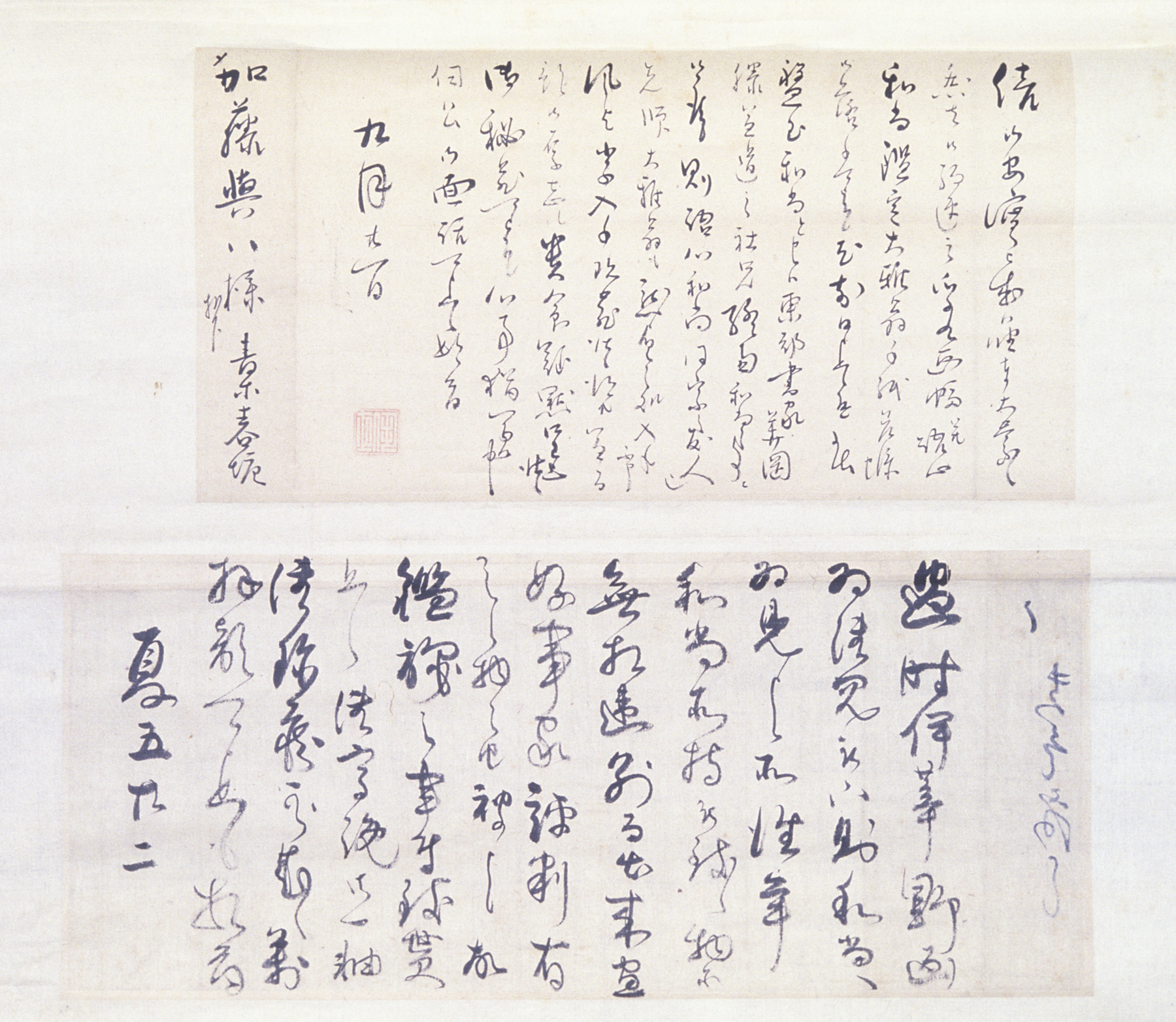Colophon to 1983.0090.a, unknown maker from China
Artwork Overview
Colophon to 1983.0090.a
Where object was made: China
Material/technique: paper; ink
Dimensions:
Image Dimensions Height/Width (Height x Width): top 16.3 x 31.3 cm
Image Dimensions Height/Width (Height x Width): 6 7/16 x 12 5/16 in
Mount Dimensions (Height x Width x Depth): 111 x 53 cm
Mount Dimensions (Height x Width x Depth): 43 11/16 x 20 7/8 in
Image Dimensions Height/Width (Height x Width): bottom 16 x 36.6 cm
Image Dimensions Height/Width (Height x Width): 6 5/16 x 14 7/16 in
Image Dimensions Height/Width (Height x Width): top 16.3 x 31.3 cm
Image Dimensions Height/Width (Height x Width): 6 7/16 x 12 5/16 in
Mount Dimensions (Height x Width x Depth): 111 x 53 cm
Mount Dimensions (Height x Width x Depth): 43 11/16 x 20 7/8 in
Image Dimensions Height/Width (Height x Width): bottom 16 x 36.6 cm
Image Dimensions Height/Width (Height x Width): 6 5/16 x 14 7/16 in
Credit line: Gift of Mr. and Mrs. Mitchell Hutchinson
Accession number: 1983.0090.c
Not on display
If you wish to reproduce this image, please submit an image request

